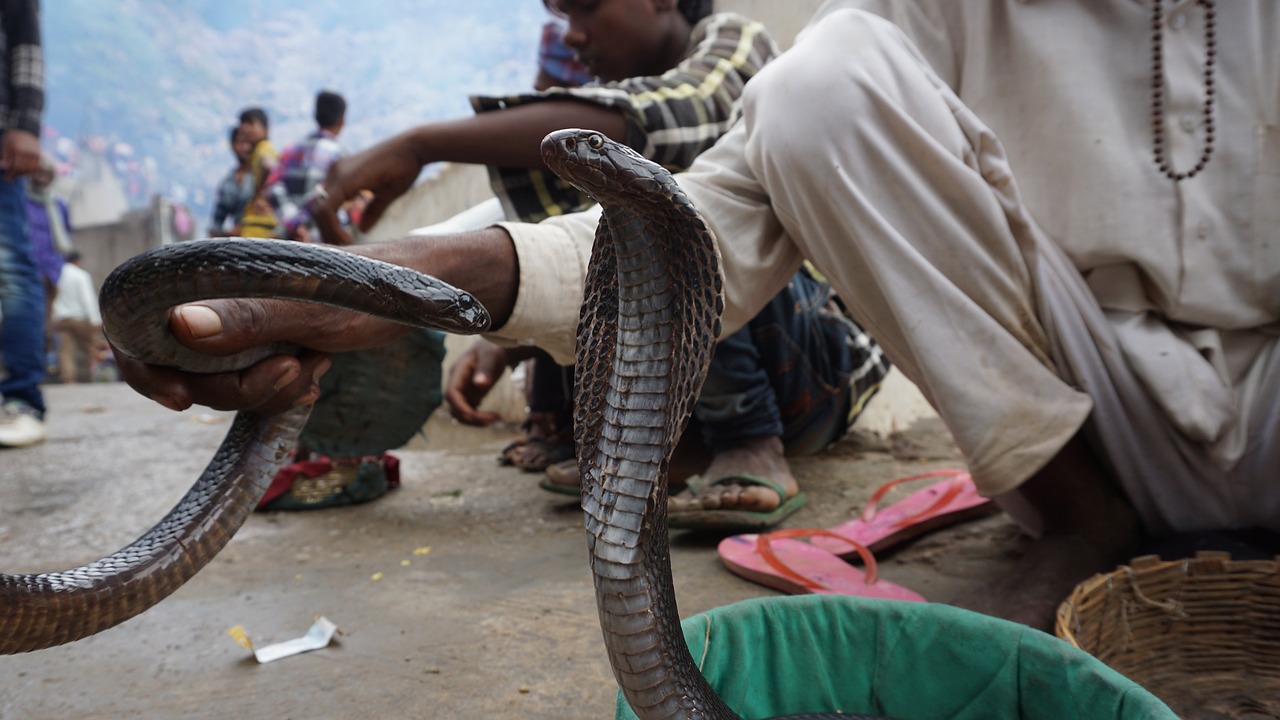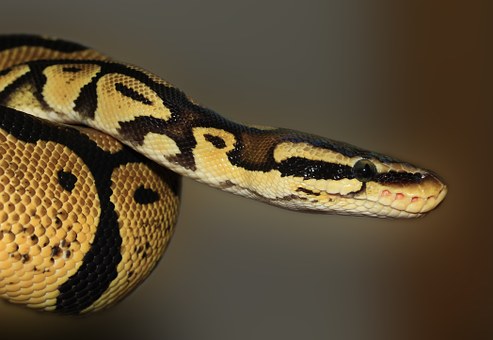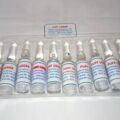Snake bites can be a frightening and potentially life-threatening experience. Every year, approximately 5.4 million people across the globe fall victim to snakebites, resulting in 1.8 to 2.7 million cases of envenomations. Tragically, this leads to the loss of 81,410 to 137,880 lives annually. Beyond the fatalities, snakebites result in three times as many individuals facing the grim prospects of amputations and other permanent disabilities.
While snake bites are relatively rare in some regions, knowing how to administer first aid in such a situation is crucial. Immediate action can make a significant difference in the outcome of a snake bite incident. This article explores what to do and what not to do when providing first aid for snake bites, and aims to equip readers with the knowledge necessary to respond effectively in such emergencies.
Snake Bites
Before diving into first aid procedures, it’s essential to have a basic understanding of snake bites. Not all snake bites are the same, and the effects can vary based on the type of snake, the amount of venom injected, and the victim’s individual response. There are two main categories of venomous snakes:
Elapid Snakes: These snakes belong to the family Elapidae and include cobras, kraits, and coral snakes. Their venom primarily affects the nervous system and can lead to paralysis, respiratory distress, and, in severe cases, death.
Viperid Snakes: This family includes vipers and pit vipers like rattlesnakes, copperheads, and cottonmouths. Their venom affects tissues and blood, leading to pain, swelling, and potential coagulation issues.
Knowing the type of snake that bit the victim is essential, but in the heat of the moment, it may not always be possible. However, identifying the snake can help healthcare professionals provide the most appropriate treatment, so if possible, try to remember the snake’s color, markings, and any unique features.
First Aid for Snake Bites: Do’s
- Keep Calm
Maintaining a calm demeanor is essential in any emergency situation. Panic can exacerbate the victim’s anxiety and lead to an increase in heart rate, which can potentially spread venom more quickly through the bloodstream. Encourage the victim to stay as still as possible.
- Call for Help
Once you’ve ensured the victim’s safety and composure, immediately call for professional medical assistance. Snake bites can lead to serious complications, and antivenom may be necessary. It’s important to inform medical personnel about the snake’s characteristics if possible.
- Immobilize the Affected Area
To minimize the spread of venom, immobilize the affected limb. Keep it as still as possible. This can be achieved by splinting the limb with a board, rolled-up clothing, or any other available material. Use a bandage or cloth to secure the splint in place without putting excessive pressure on the wound.
- Position the Victim
Ensure that the victim lies down with the affected limb immobilized at or slightly below heart level. This position can help slow the spread of venom throughout the body. Do not elevate the limb above the heart, as this can exacerbate swelling and promote venom movement.
- Remove Tight Clothing and Accessories
In anticipation of swelling, gently remove any tight clothing, jewelry, or accessories near the bite site. This includes rings, bracelets, and watches. Swelling can be severe, and these items may become constrictive and cause further complications.
- Apply a Pressure Bandage
For snake bites from elapid snakes or when the snake is unidentified, applying a pressure bandage is recommended. Use a wide elastic bandage or cloth and wrap it snugly but not too tightly around the affected limb, starting from the bite site and moving upwards. The bandage should not cut off circulation but should be firm enough to slow the movement of venom through the lymphatic system.
- Keep the Victim Calm and Still
Encourage the victim to remain as calm and still as possible. Stress and anxiety can increase heart rate and promote venom spread. Talk to the victim, reassure them, and encourage deep, slow breaths.
- Monitor Vital Signs
While waiting for medical help to arrive, monitor the victim’s vital signs. Keep an eye on their pulse, breathing, and level of consciousness. If the victim becomes unconscious or their vital signs deteriorate, be prepared to perform CPR if necessary.
First Aid for Snake Bites: Don’ts
- Don’t Try to Suck Out the Venom
The idea of sucking out venom from a snake bite is a common misconception perpetuated by movies and folklore. In reality, attempting to suck out venom can do more harm than good. The venom is absorbed rapidly into the bloodstream, and using your mouth to remove it can introduce harmful bacteria and make the situation worse.
- Don’t Cut the Wound
Do not attempt to cut the wound or use a knife or razor blade to make an incision. This can lead to infection and further damage, and it does not effectively remove venom.
- Don’t Apply Ice
Applying ice or cold packs to the snake bite area can constrict blood vessels and slow the removal of venom. It can also worsen tissue damage, especially in the case of viperid snake bites, which affect tissues.
- Don’t Apply a Tourniquet
Tourniquets, like cutting the wound, can lead to more harm than good. They can cut off blood flow to the affected limb, causing tissue damage and possibly requiring amputation.
- Don’t Use Electric Shock Devices
Some people mistakenly believe that using electric shock devices, like stun guns, can neutralize snake venom. There is no scientific basis for this, and it can be extremely dangerous.
- Don’t Try to Squeeze or Suck the Wound
Squeezing the wound or attempting to suck out venom with your mouth can introduce bacteria and lead to infection. Additionally, it does not effectively remove venom from the bloodstream.
- Don’t Apply a Constricting Band Above the Bite Site
Using a constricting band, such as a belt or cord, above the bite site is not recommended. It can cut off blood flow and exacerbate the situation.
- Don’t Give the Victim Alcohol or Caffeine
Substances like alcohol and caffeine can increase heart rate and blood pressure, which may encourage the spread of venom. It’s essential to keep the victim as calm as possible.
Conclusion
Snake bites are a rare but potentially life-threatening occurrence. Knowing the do’s and don’ts of first aid for snake bites can make a significant difference in the outcome of such emergencies. The most critical steps include keeping the victim calm, calling for professional medical assistance, immobilizing the affected limb, applying a pressure bandage (for elapid snake bites), and monitoring vital signs.
Avoiding common myths and misconceptions about snake bite first aid is equally important to ensure the best possible outcome for the victim. Remember that snake bite first aid is only the initial step; professional medical treatment is essential to address the specific effects of the snake’s venom and provide the necessary antivenom if available.






